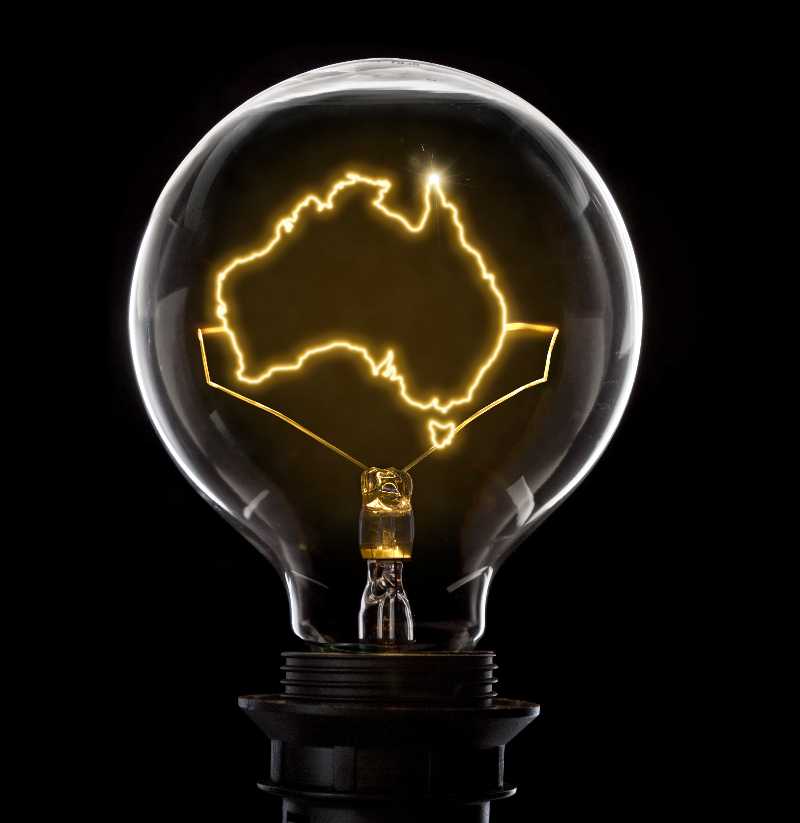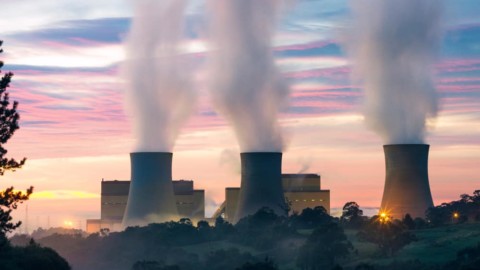The Energy National Cabinet Reform Committee has announced the final package of reforms for the Post-2025 National Electricity Market (NEM), with two contentious reforms set to undergo further design work.
The reforms will be provided to National Cabinet in October 2021, and were based on recommendations provided by the Energy Security Board (ESB).
The proposed reforms include:
- Adoption of principles for jurisdictional investment schemes
- The option of a ministerial lever for the T 3 instrument under the existing Retailer Reliability Obligation
- Progression of a Distributed Energy Resources (DER) Implementation Plan
- Adoption of a ministerial lever for emergency backstop measures for minimum load conditions
- Enhancements to the transparency of generator availability
- Implementation of a jurisdictional strategic reserve
Ministers also agreed to progress further design work on a mechanism that specifically values capacity in the NEM.
This is to be underpinned by principles that ensure the design for a market mechanism delivers investment in an efficient mix of variable and firm capacity that meets reliability at lowest cost, enabling jurisdictions to continue to meet their energy and emissions reduction objectives.
Ministers also agreed to support further design work to develop a congestion management model.
The capacity mechanism received concerns from the industry that it would result in paying coal generators to remain in the grid longer than necessary, while the congestion management proposal was criticised for its potential to generate too much uncertainty around new projects, causing financing difficulties.
The full suite of reforms are expected to ensure the NEM remains fit-for-purpose and capable of providing the full range of services necessary to deliver an affordable, secure, reliable and lower-emissions electricity system for consumers.
Ministers agreed on a package of transmission reforms to be recommended to the National Cabinet, including the adoption of the Interim Framework for Renewable Energy Zones (REZ) to support a nationally consistent framework for connecting to a REZ; promote REZ adoption; and encourage participation.
Ministers also agreed to publish the Interim Framework for Renewable Energy Zones final recommendations after National Cabinet’s consideration, and to progress further work on fair cost allocation.
Cleaning up the electricity sector
ACT Energy Minister, Shane Rattenbury, said the ministers also agreed to establish an environmental element that has been lacking in the NEM rules.
Rattenbury said he put forward amendments to ensure that the capacity mechanism only applied to new, zero emissions capacity to avoid unnecessarily prolonging the life of coal and gas power plants.
“While our proposal to target the capacity mechanism at new, zero emissions capacity was not agreed today, the guiding principles now reflect an intent to reduce emissions from electricity,” Mr Rattenbury said.
“The ESB will be subject to design principles, which should ensure the scheme will not be the subsidy for coal that many of us feared.
“The principles reflect the need to reduce greenhouse gas emissions from electricity, and recognise the emission reduction schemes of states and territories like the ACT.
“We also secured agreement to the ACT leading work towards incorporating emissions reduction into the National Electricity Objective (NEO).
“This is important for ensuring emissions intensity of generation is considered and reducing emissions is prioritised.
“All states and territories have a goal of achieving net zero emissions by 2050 at the latest, and this means rapidly reducing emissions from Australia’s electricity sector.
“Reflecting these goals in the NEO will help to ensure national coordination and appropriate investment certainty as we make this transition.”
Industry body urges energy transition focus
The Clean Energy Council (CEC) welcomed the agreed-upon reforms which acknowledged its prior concerns regarding the ESB’s original proposals.
The CEC said it was “pleased and relieved state and territory ministers did not approve or rush through reforms that had the potential to exacerbate uncertainty and risk to investors in our sector”.
The CEC expressed that the industry holds concerns that the ESB’s original proposals included the worry that establishing a capacity mechanism and introducing a congestion management model could undermine reliability, extend the life of existing coal generation and slow the transition to a clean energy system.
The CEC committed to ensuring further reforms would help facilitate the transition to a reliable, low-cost and clean energy system, and welcomed a proposal to revise the NEO.
The future of the ESB
As agreed by ministers at their meeting on 20 August 2021, following the end of the current Chair (Dr Kerry Schott) and Deputy Chair (David Swift) terms on 31 October 2021, the ESB will be reformed to ensure it can continue to undertake its critical role in the energy market.
The proposed reforms will streamline the ESB by reducing its membership to the heads of the three market bodies (the Australian Energy Market Commission (AEMC), the Australian Energy Market Operator (AEMO) and the Australian Energy Regulator (AER)).
The head of the AEMC will Chair the ESB, although Energy Ministers retain the power to appoint an independent Chair if necessary.
The reforms aim to assist the ESB to coordinate the three market bodies in their roles rule-making, operating and regulating the NEM.
They will also pivot the ESB to implementing the Post-2025 market design project, ensuring Australia’s energy markets remain secure, reliable and affordable in the face of unprecedented structural change throughout the energy sector.
Ministers agreed to a set of governance protocols to guide their future decision making.
















